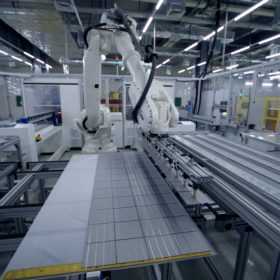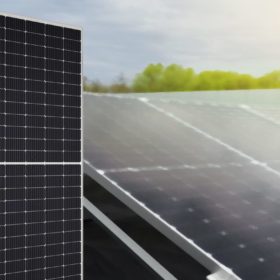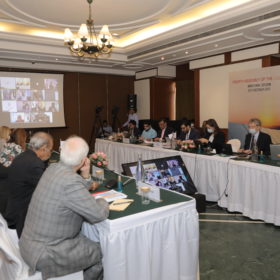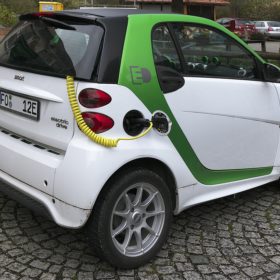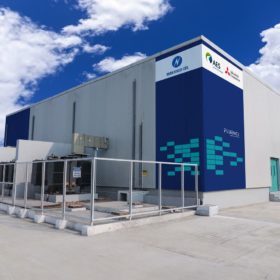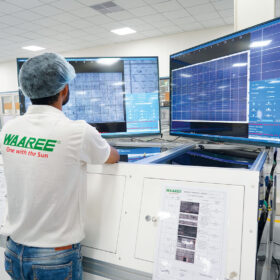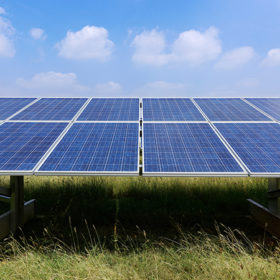Tender launched for 50 GWh battery cell output with subsidy support
Global bids are invited to set up giga-scale advanced-chemistry battery cell manufacturing units in India under the government’s production-linked incentive scheme. To be eligible for the government subsidy, the bidder would have to commit to setting up a minimum of 5 GWh capacity. Bidding is open until December 31.
Jindal India Solar, Shirdi Sai, Reliance and Adani the lowest bidders in production-linked solar tender
The four companies will each have half of their planned 4 GW annual production of polysilicon-to-module output subsidized by public funds.
Larsen & Toubro targets carbon neutrality by 2040
The Indian multinational EPC contractor will increase the share of renewable energy in the electricity mix across its campuses and project sites as part of efforts to reduce its carbon footprint.
Siemens raises 26% stake in solar plant for self-consumption
The captive solar plant in Mumbai is being developed by Cleantech through a special purpose vehicle called Sunsole Renewables. The solar electricity generated will power manufacturing operations at Siemens’ Kalwa factory in Maharashtra.
Most significant roadblocks to India’s solar energy goals
India needs to install an average of 25 GW solar capacity every year to reach its renewable energy target of ‘450 GW by 2030’ with over 60% (280 GW) from solar. The nation must build enough manufacturing capacity back home to be ready on the supply side to support the new installations.
International Solar Alliance launches programs on solar and battery waste management, green hydrogen
The International Solar Alliance (ISA), which aims to mobilize more than $1 trillion of solar power investment by 2030 in its member countries, expanded its scope of work by launching programs on solar panel and battery waste management and solar-powered hydrogen production in its fourth assembly held recently.
Enabling the transition to electric mobility
Parity in the total cost of ownership already exists for electric two-wheelers and three-wheelers (with subsidy) vis-à-vis their internal combustion engine counterparts. Policy impetus, coupled with the production-linked incentive (PLI) scheme for batteries and auto components (exclusively covering EVs), is likely to further reduce costs and accelerate the transition to electric vehicles (EVs). The transition will also open up the market for new-age companies and innovators across the value chain.
Grid-scale battery storage and green hydrogen market shaping up in India
India has seen substantial activity in the domestic battery storage and green hydrogen markets, from the entry of Reliance and Acme Solar in green hydrogen to gigawatt-scale battery storage tenders by NTPC and the Solar Energy Corporation of India (SECI). There are more private ventures in the offing, indicating the government’s policy push is in the right direction.
Co-located hubs key to battery industry competitiveness
A report from Australia’s Future Battery Industries Cooperative Research Centre which analysed the development of battery hubs in the U.S., Germany and Japan, has found that co-location and cooperation between industry and government were key to their success. For Australia to play the same game, it will have to leverage its wealth of resources, and clean up its act along the way.
Turbocharging rural entrepreneurship through distributed renewable energy
A robust distributed renewable energy ecosystem with a strong domestic industry will help provide good-quality, reliable electricity to rural households and enterprises and thus turbocharge green entrepreneurship—paving the way for a self-reliant India.

